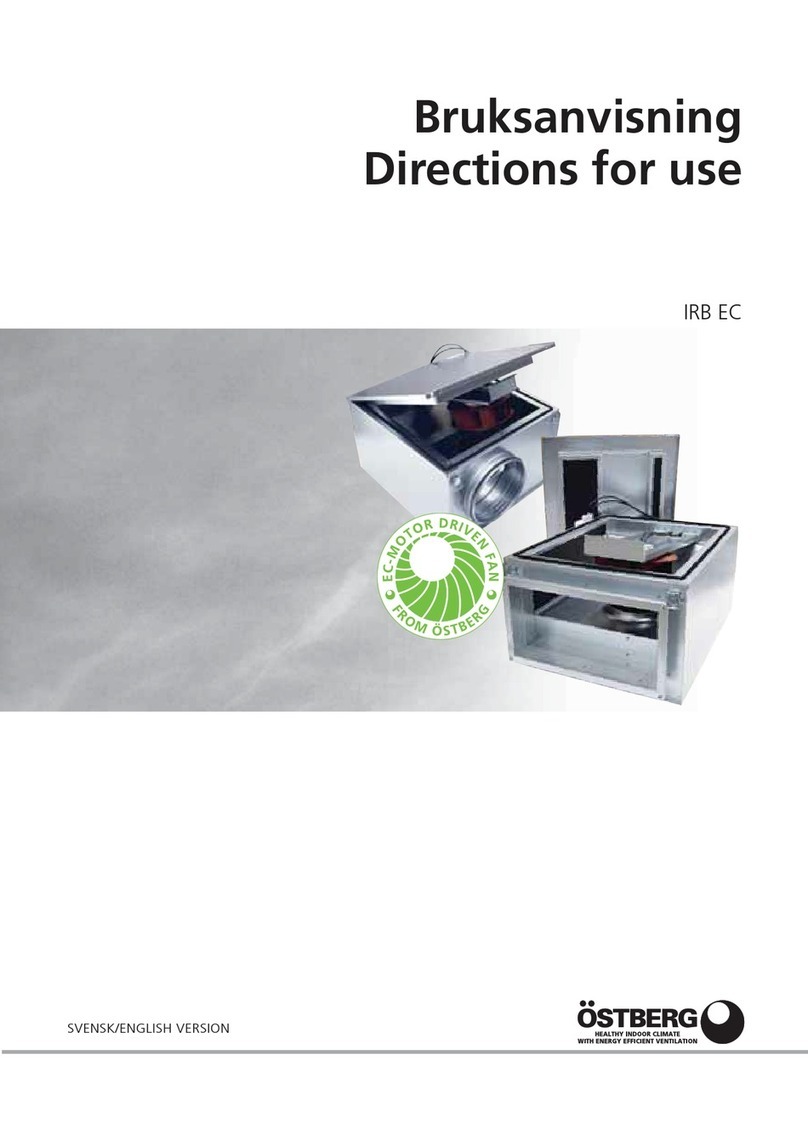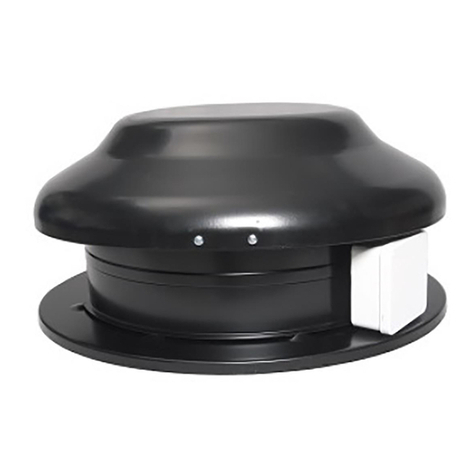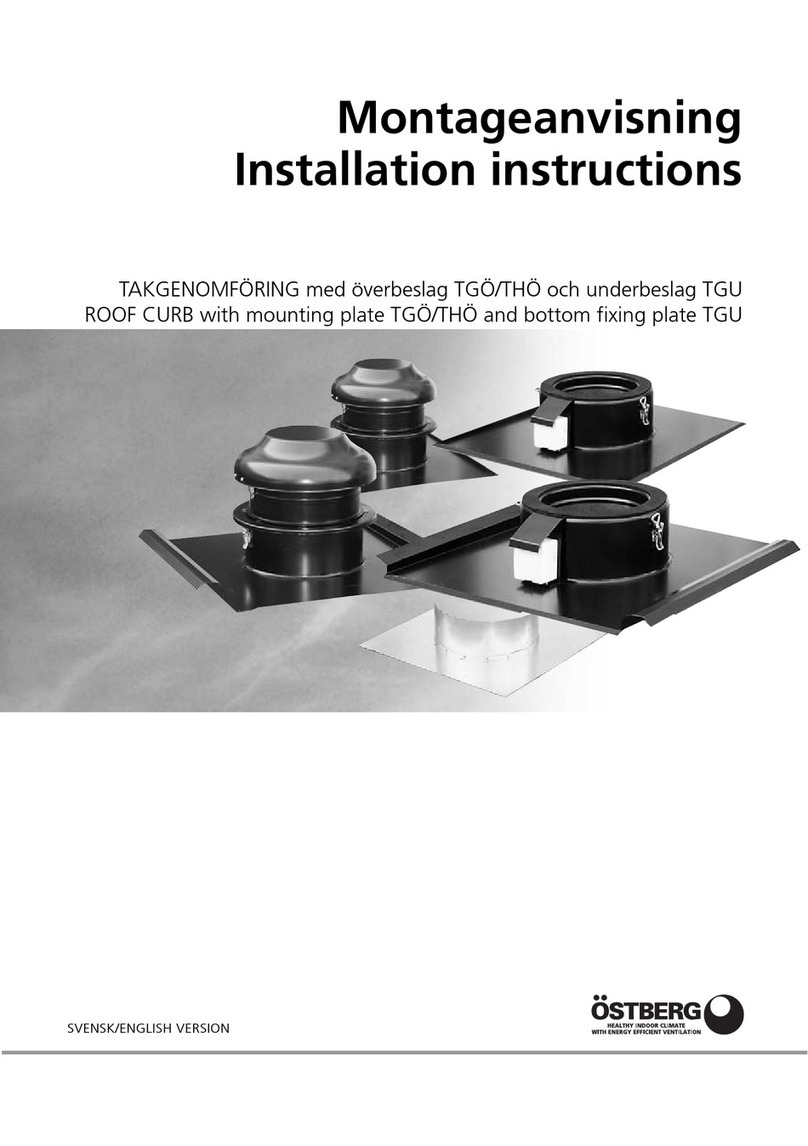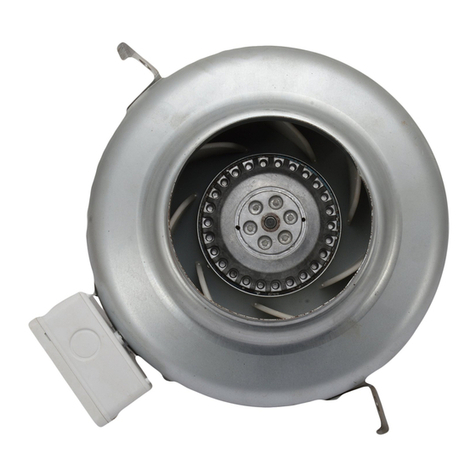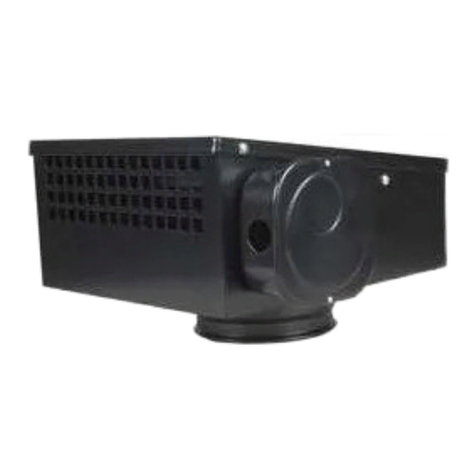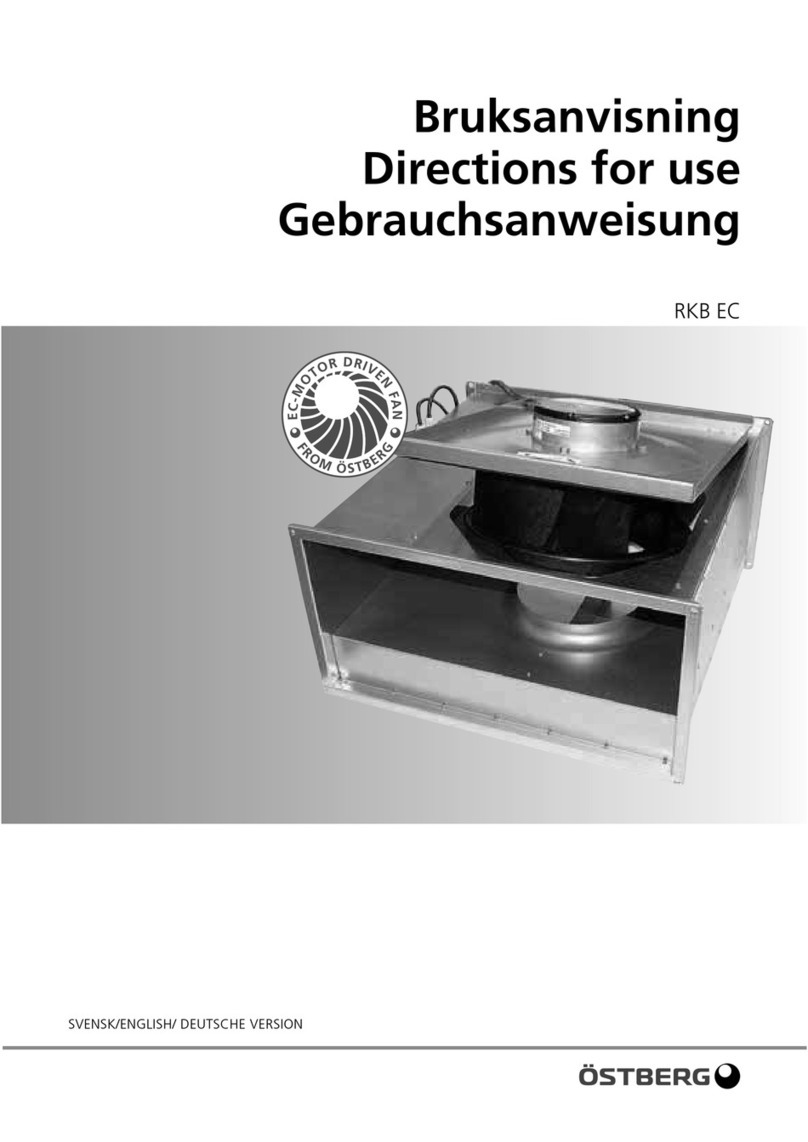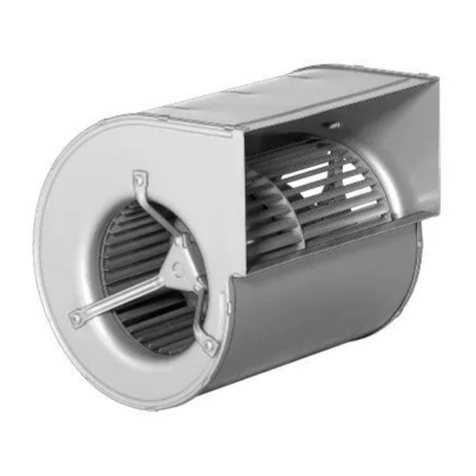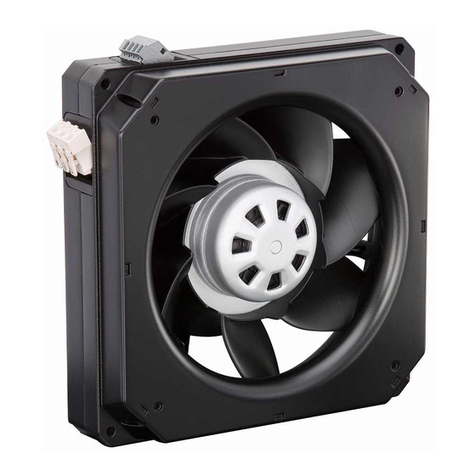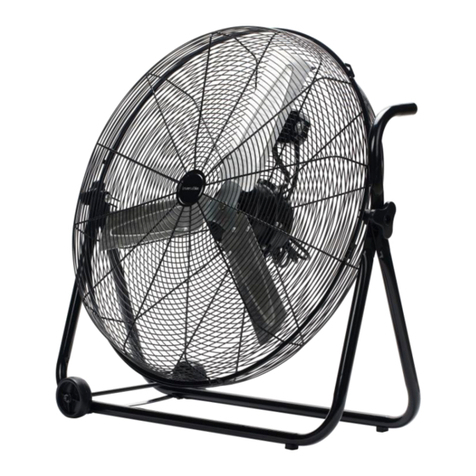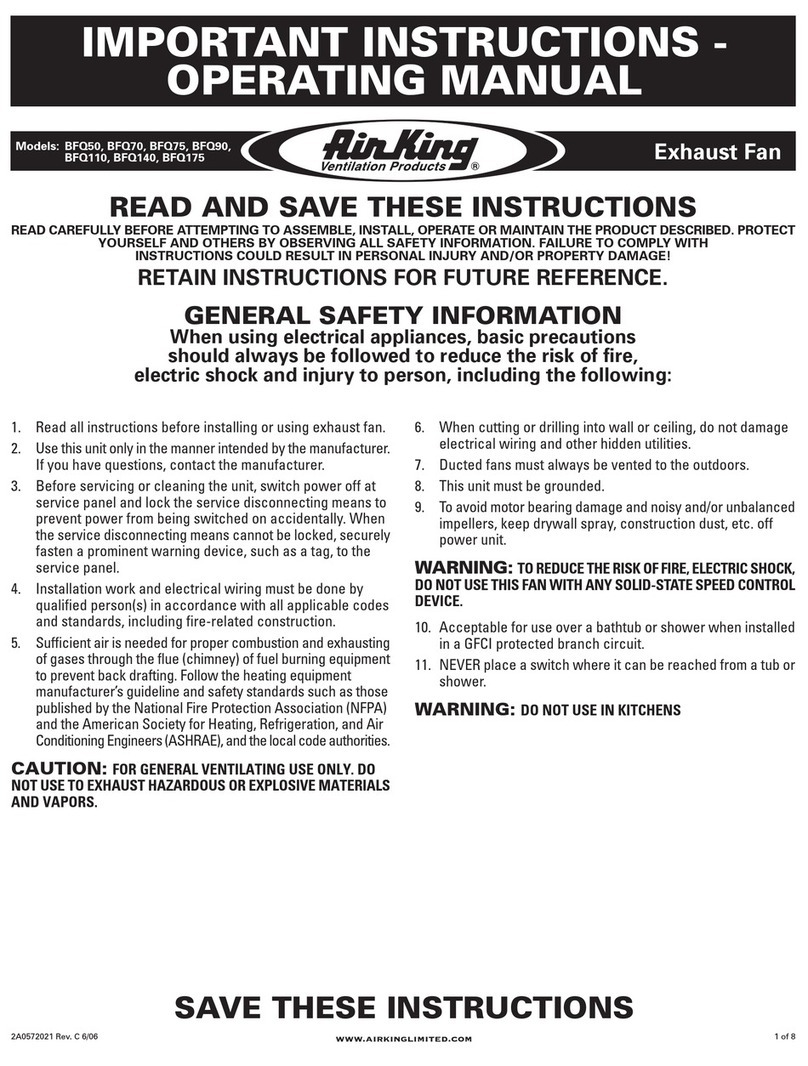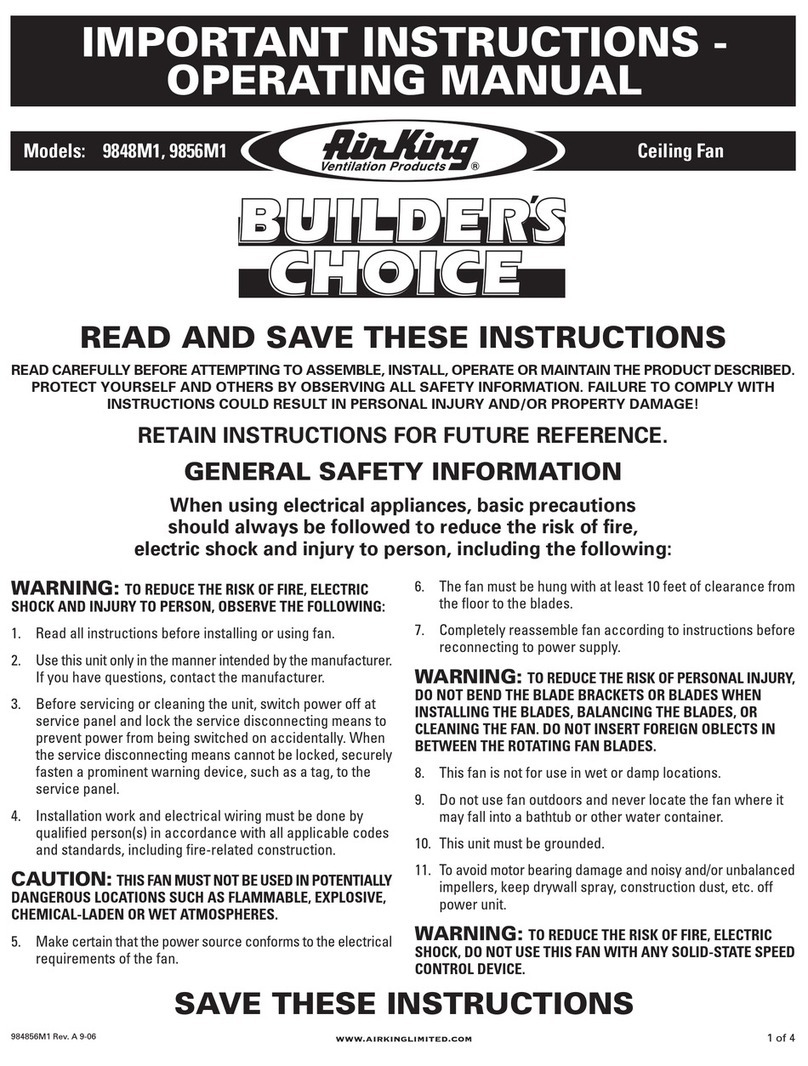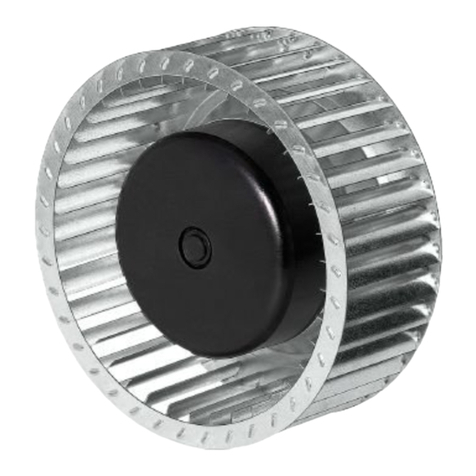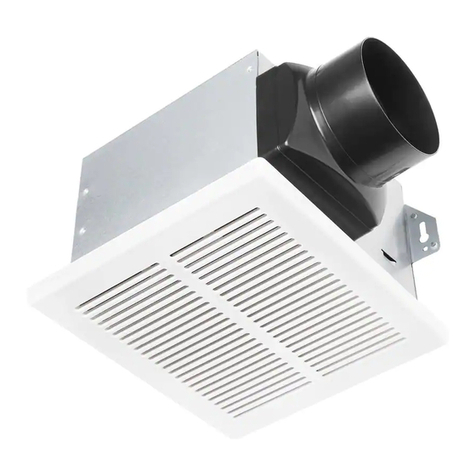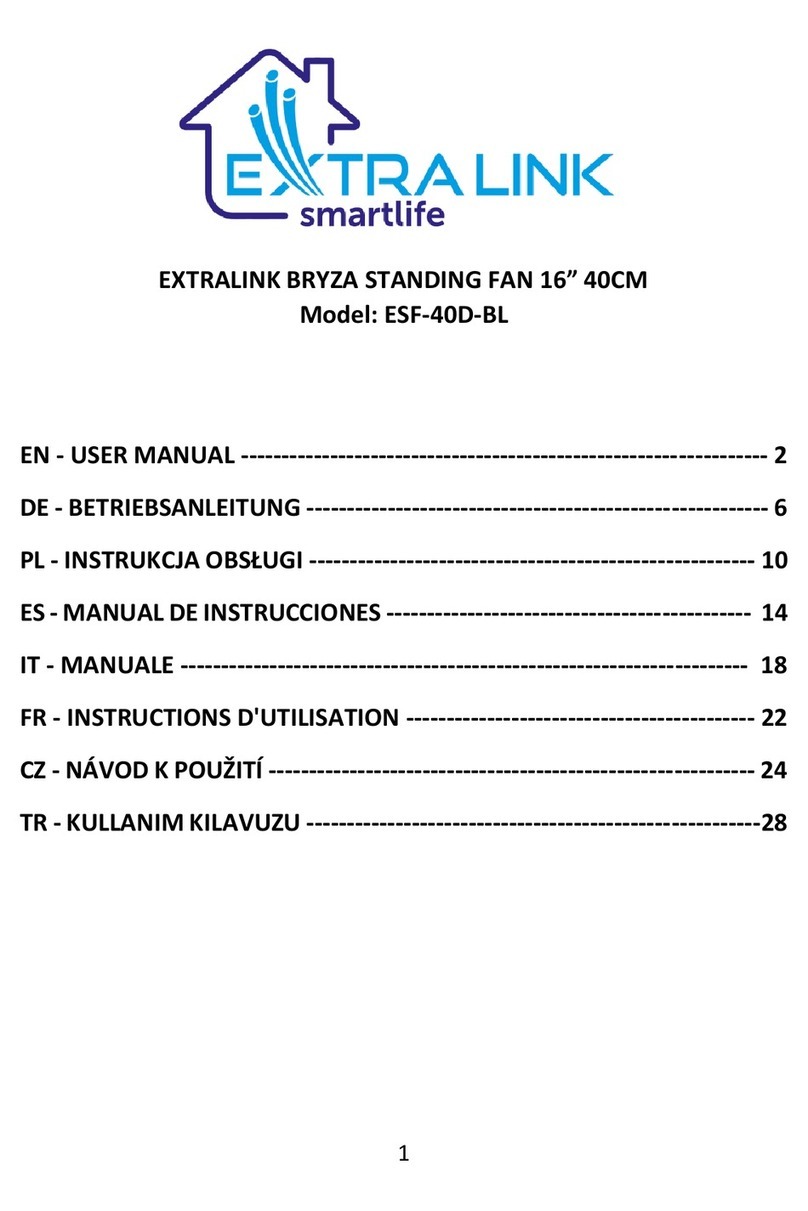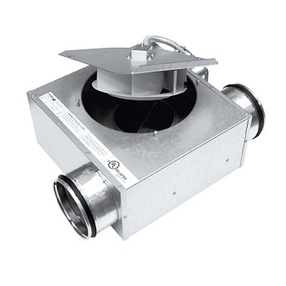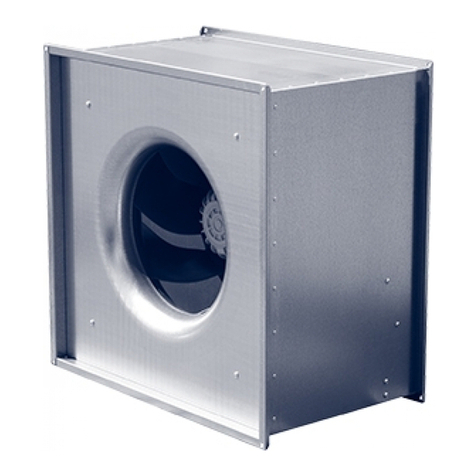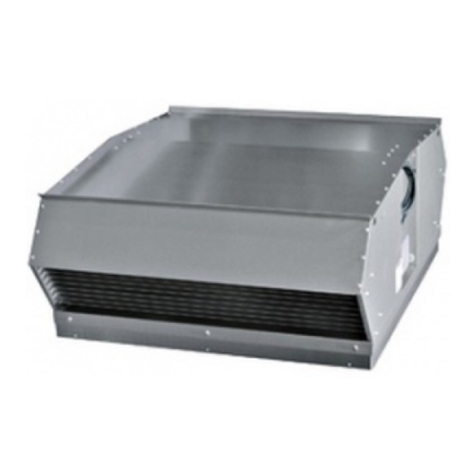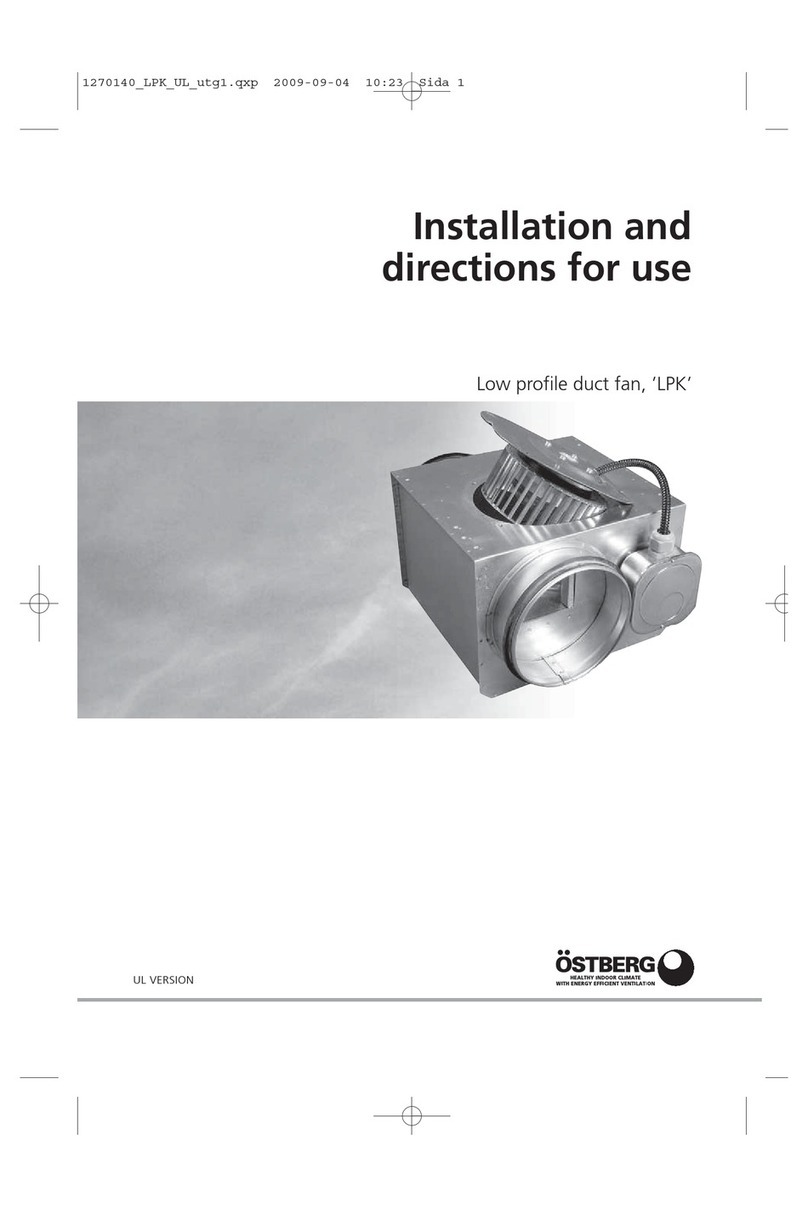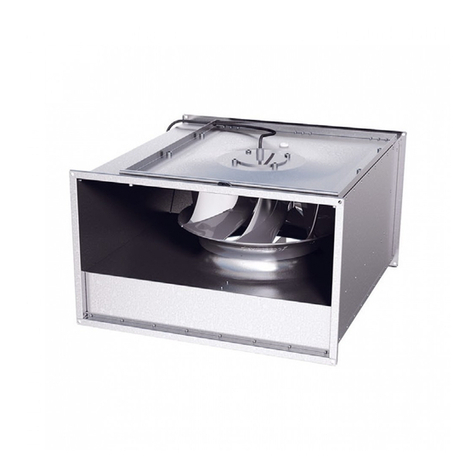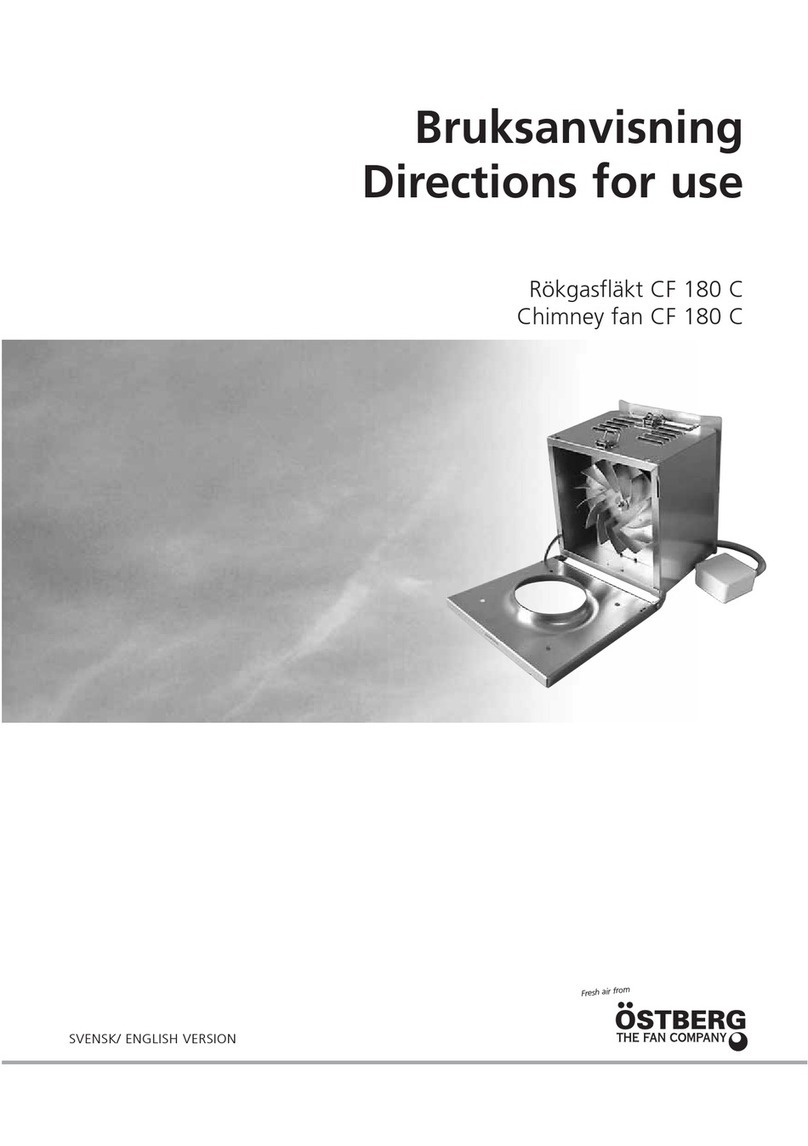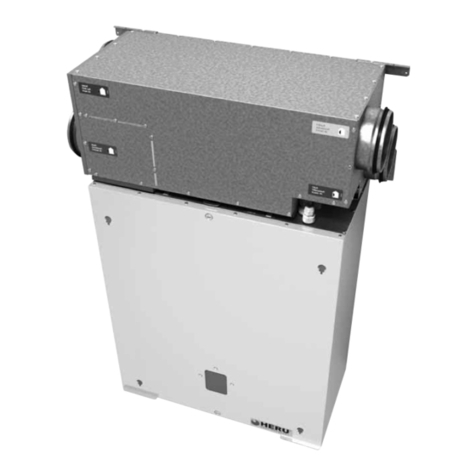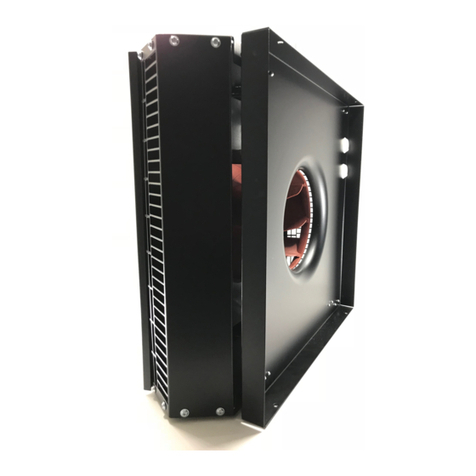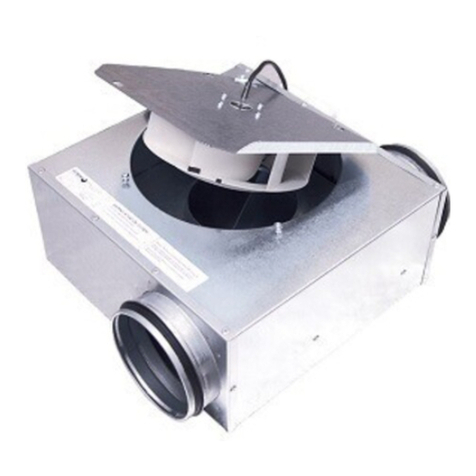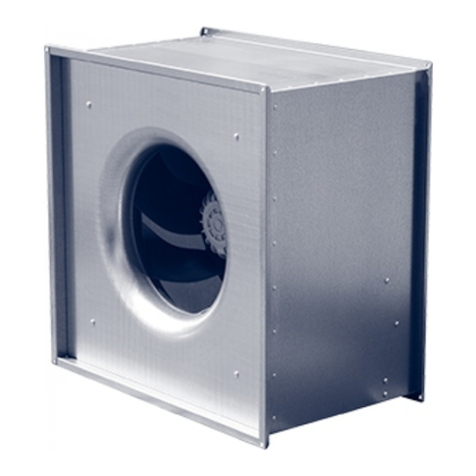
INSTALLATION AND SECURITY
USE
• To achieve as comfortable indoor climate as pos-
sible and to avoid moisture damage to the proper-
ty, the house needs a continuous and adequate ven-
tilation. The unit must run continuously and only
be stopped for maintenance.
The air flow is controlled by settings in the wire-
less control unit:
Away – Reduced airflow, can be used when no one
is at home.
Normal – This is adjusted by the installer and
should not be changed by the user.
Boost – A higher air flow than normal, selectable
medium/max. Should be used when there is a need
for a higher air flow than the default mode is
adjusted for, such when cooking, drying laundry,
shower and sauna.
Recommendations for drying laundry: Because of
the high moisture content, an exhaust air tumbler
or a drying cabinet should not be connected to the
system. We recommend a condensing tumbler
without duct connection.
• When installing HERU consideration must be
given to any approval authority requirements and
recommendations concerning siting, accessibility,
electrical connections, etc.
• The HERU unit is accessible for the user, accor-
ding to IEC 60335-2-40, to by themselves do the
service and maintenance, according to this
Directions for use. But before this work the unit
must be currentless.
With reservation according to IEC 60335-2-7.12
”This appliance is not intended for use by persons
(including children) with reduced physical, senso-
ry or metal capabilities, or lack of experience and
knowledge, unless they have been given supervi-
sion or instruction concerning use of the appliance
by a person responsible for their safety.”
”Children should be supervised to ensure that they
do not play with the appliance.”
• The HERU unit should be storage in a sheltered
and dry place before installation.
• Dimensioned air flow should not exceed 60% of
the unit's maximum capacity.
• Check at regular intervals that supply air and ex-
haust air works.
•To avoid condensation in the unit during the cold
season, the unit should not be turned off for a
longer period. When installed in warm moisturre
environment as e.g. bathroom and utilityroom con-
dense may appear on the outside of the unit at low
outside temperatures.
SECURITY
Caution! Do not apply electric power until after
completion of the installation. Ensure the installation
and wiring is in accordance with CEC, NEC and
local electrical codes..
• Attention, look out for sharp edges and corners on
the HERU unit and fans.
• Consider the weight of the unit. See page 35.
• Before maintenance work the HERU unit must be
currentless. If there is a need of changing or comp-
lement any electrical components, it should be
done by a qualified person.
• The HERU unit includes rotating parts that could
cause serious danger on the occasion of contact.
This is why the unit must be duct connected and
the lid closed with the screws tightened, before
starting up the unit.
• After the current is cut for service and maintenan-
ce the electric heater may still be warm.
• Make sure that the access cable is not damage
when mounting and installation.
• HERU must be equipped with residual-current
device (RCD).
• The HERU S needs a permanent electrical supply.
• The unit must be connected via a safety switch.
Any electrical connections must be made by a qua-
lified electrician.
• Keep in mind that rotating, warm and electrical
components can cause serious damage.
MOUNTING THE HERU S
• HERU S should be installed according to the
assembly instructions. See picture on next page.
• Place the unit on a insulation board, min. 2 inch.
• Supply and exhaust air must be duct connected on
the same side of the unit.
• Acoustic silencer should be planned with the help
of sound data and required sound levels.
• Use duct clamp or flange with encompassing insu-
lation when connecting to duct.
• If the supply and the exhaust air ducts are installed
in a cold space they should be insulated. To pre-
vent condensation the supply air duct should also
be insulated if installed in warm space at low supp-
ly air temperatures.
• The fresh air and extract air duct should always be
condense insulated.
• The ducts should be insulated all the way towards
the unit.
• The duct sensor GT7 should be mounted in the
supply air duct, and the antenna on a suitably posi-
tion beside the unit (not against metal).
• If a heating coil is connected a cut off damper must
be mounted in the fresh air duct.
• Cooker hoods must not be connected to the
HERU S because of the increased cleaning de-
mand.
• Ducting must be conntected to external ground on
the unit, see picture.
External
ground.
5




















